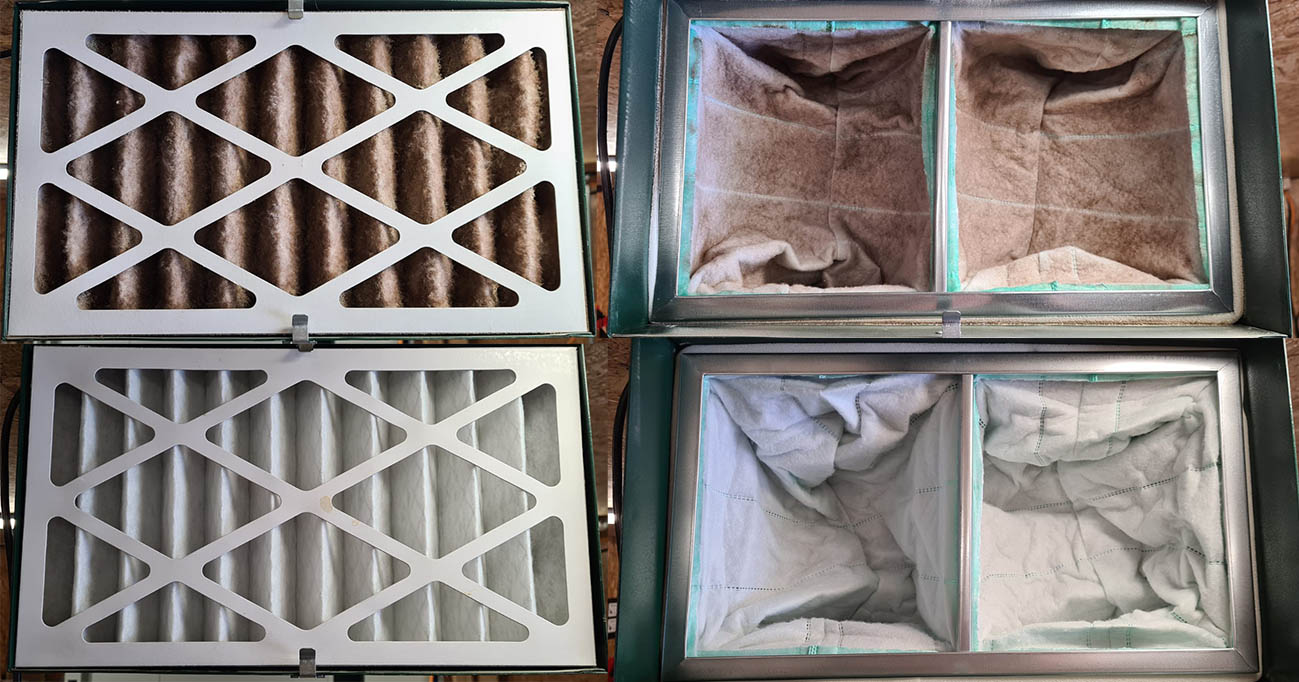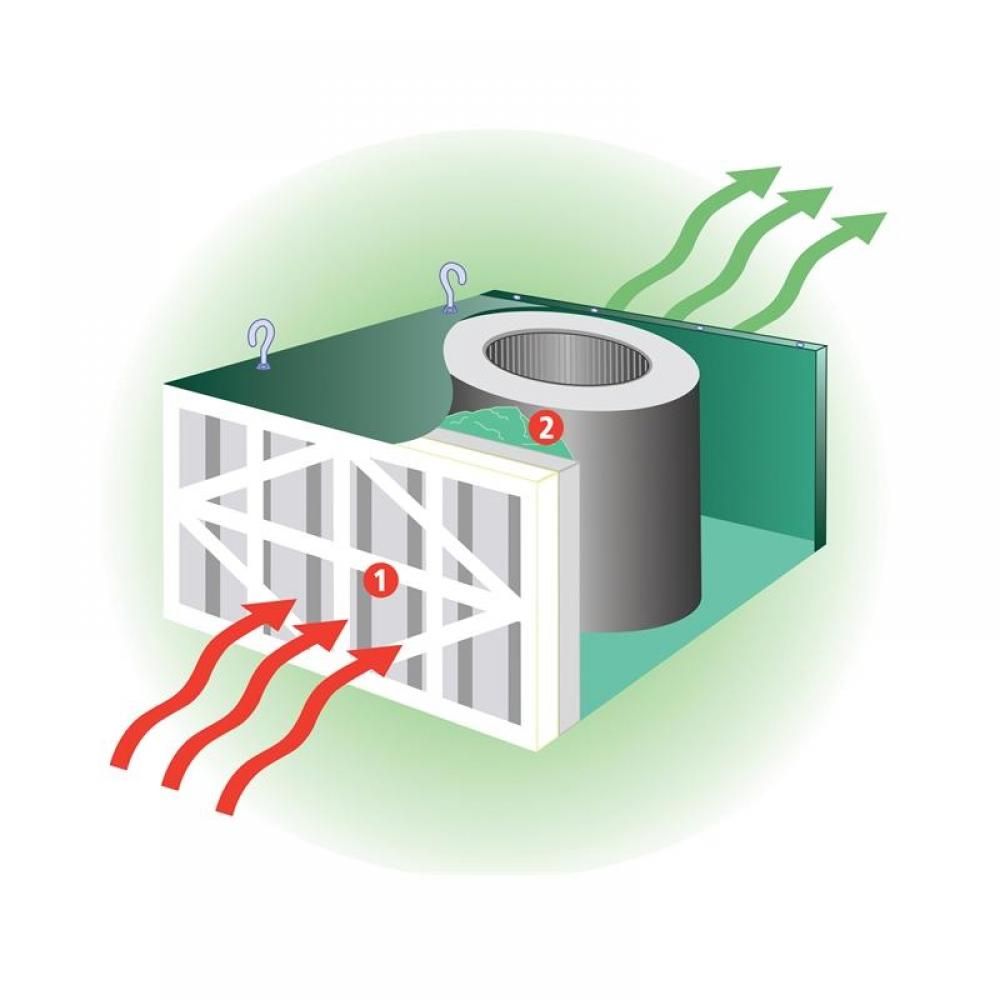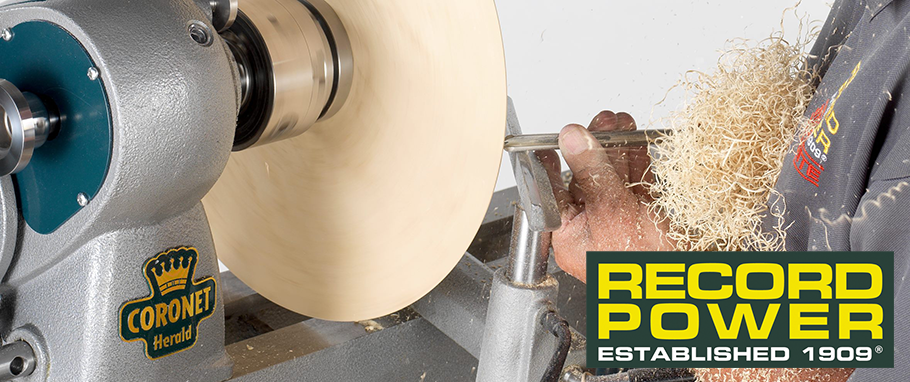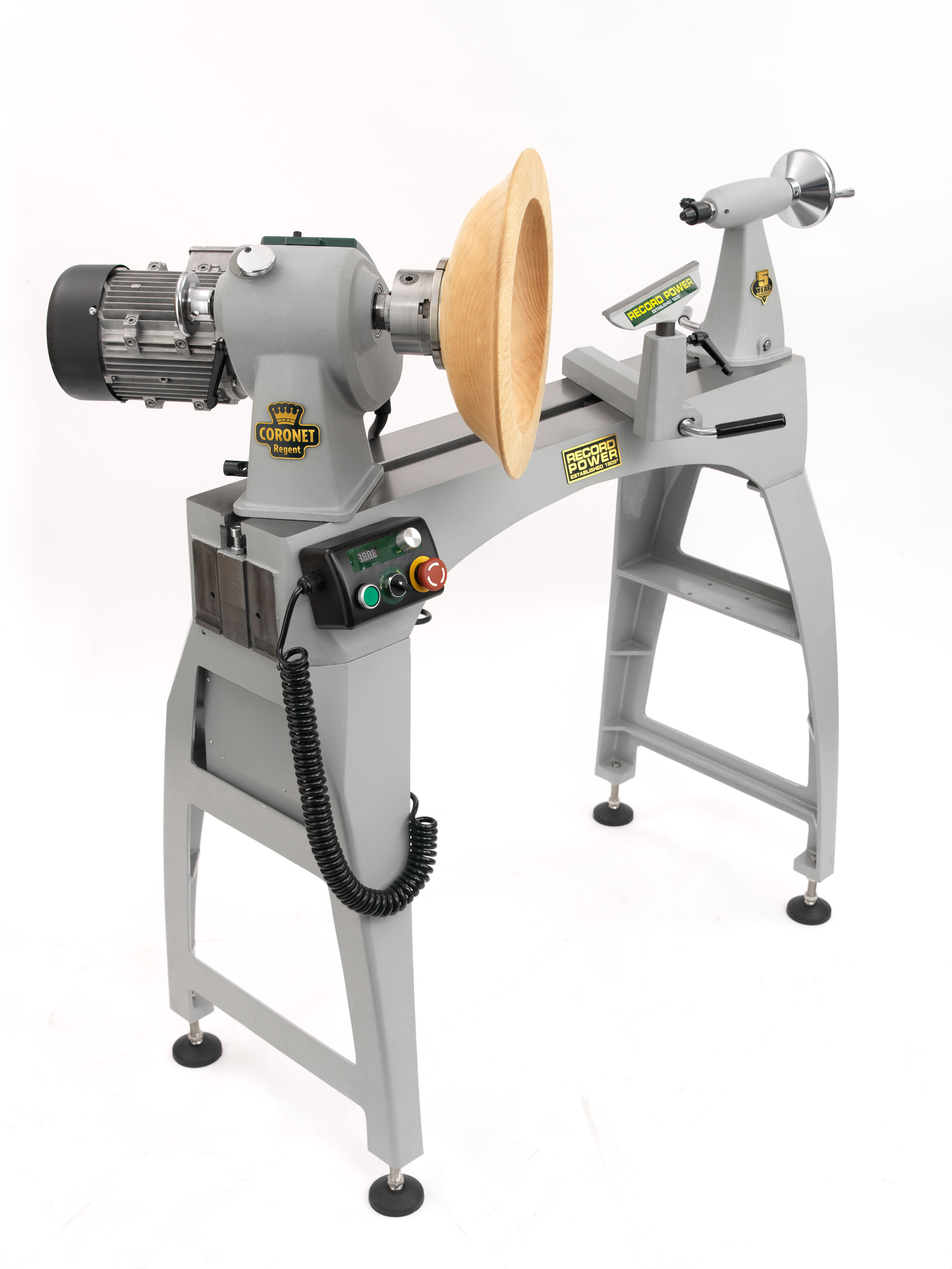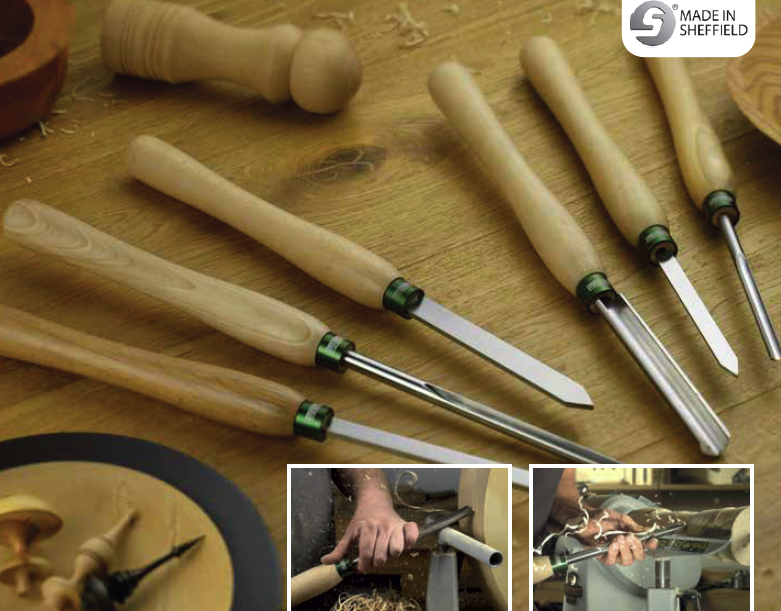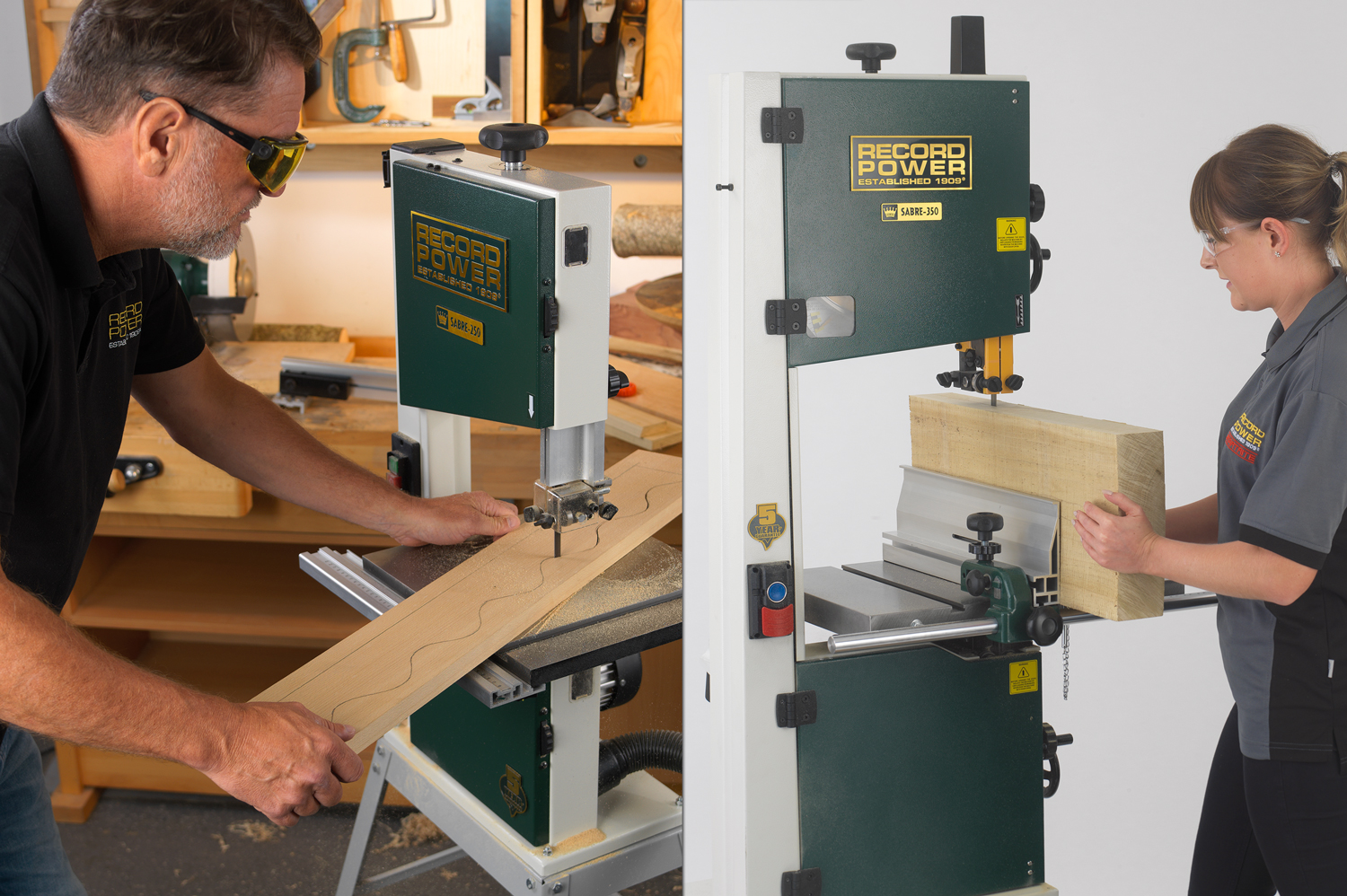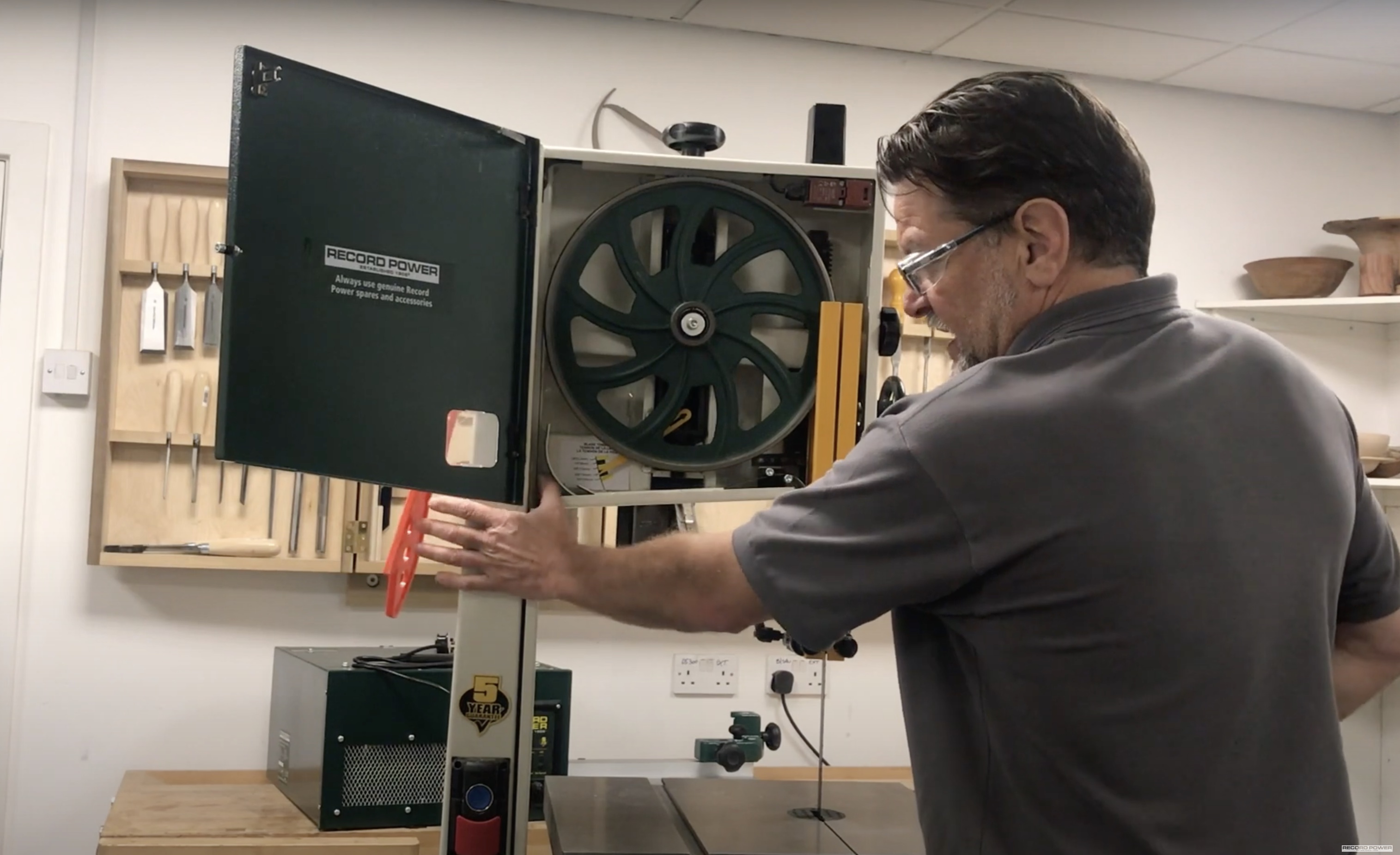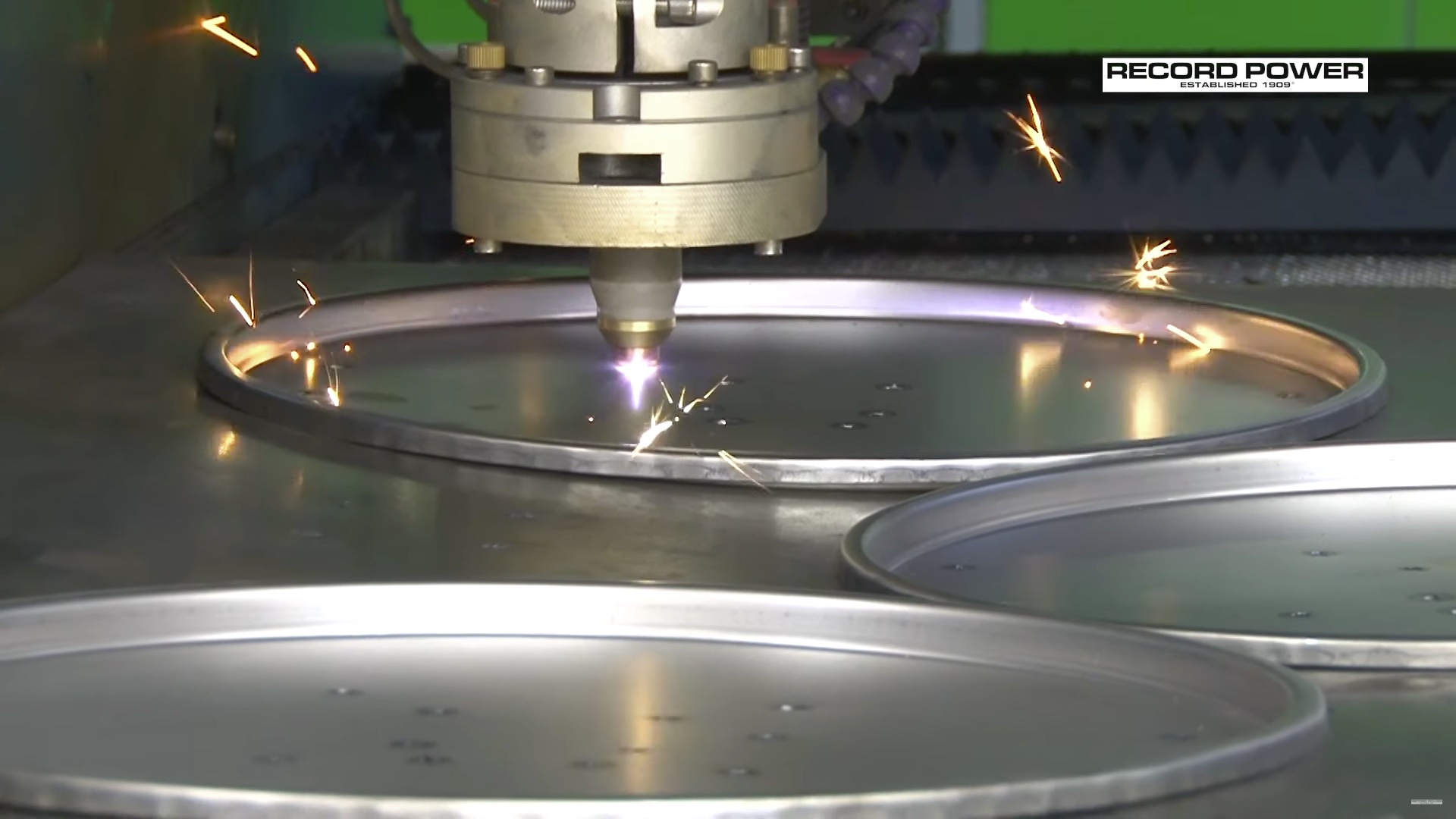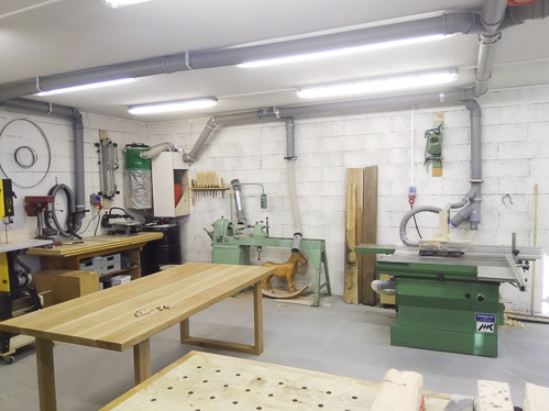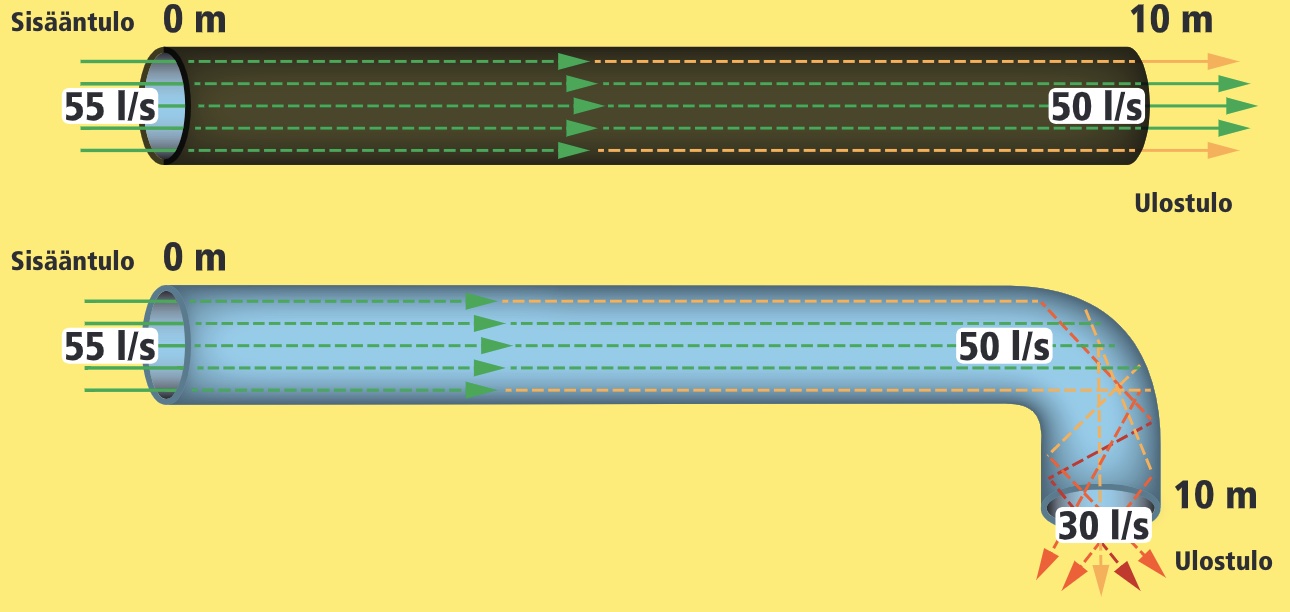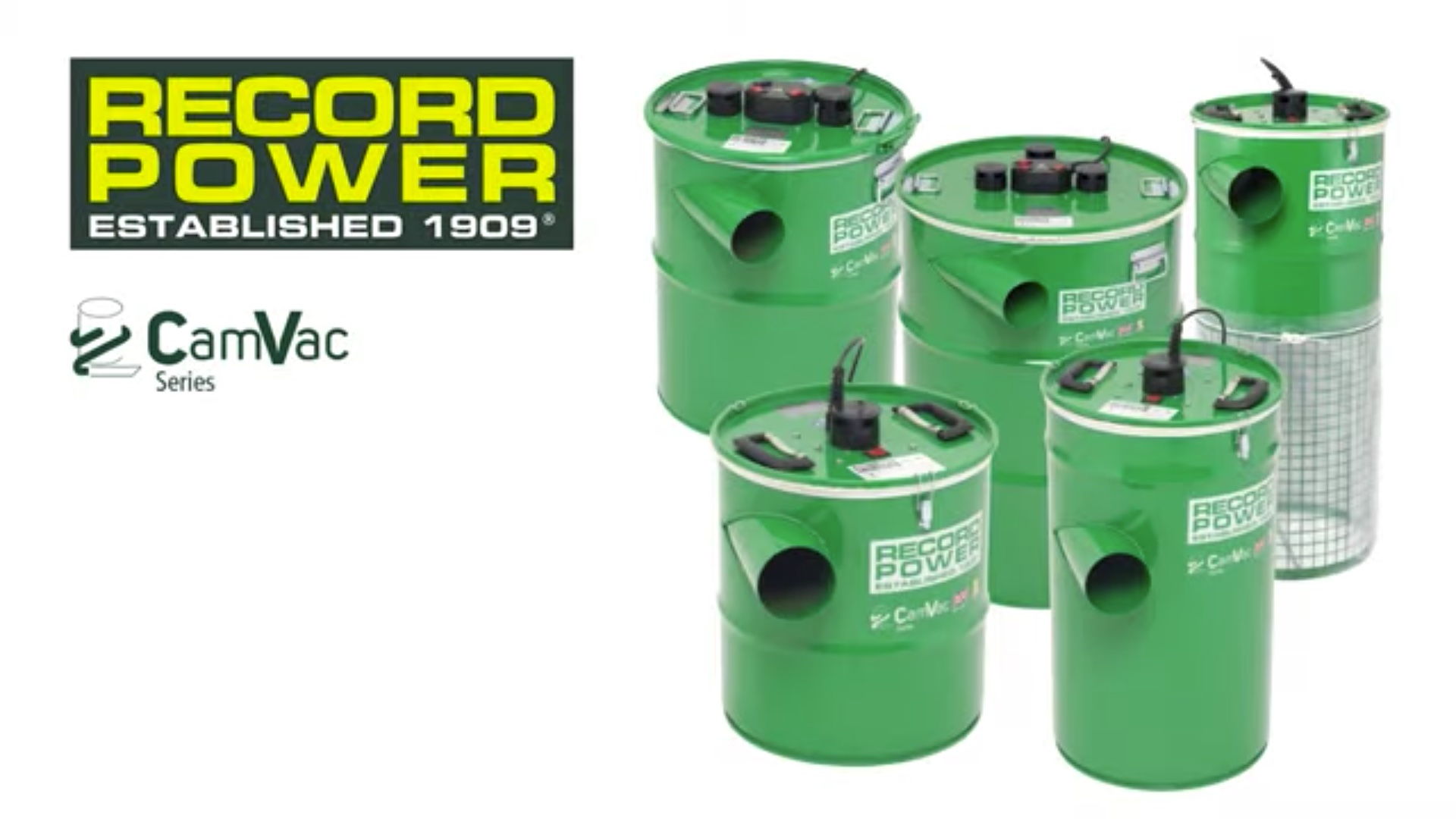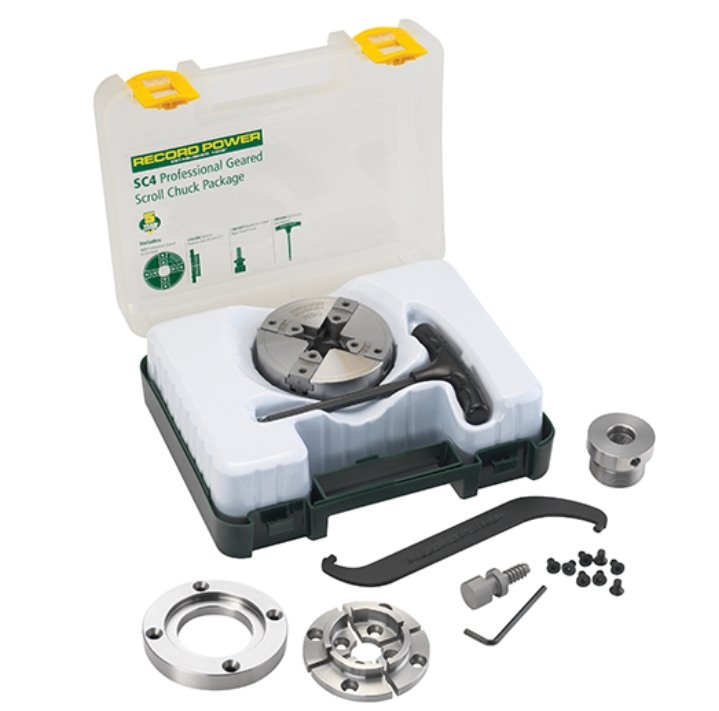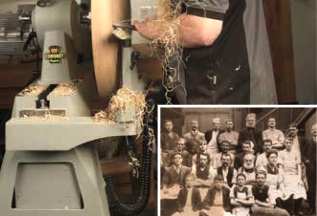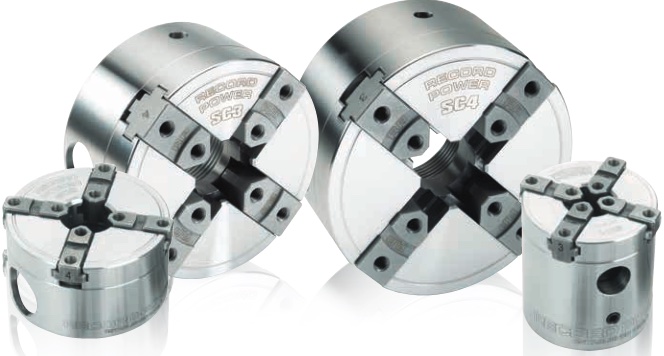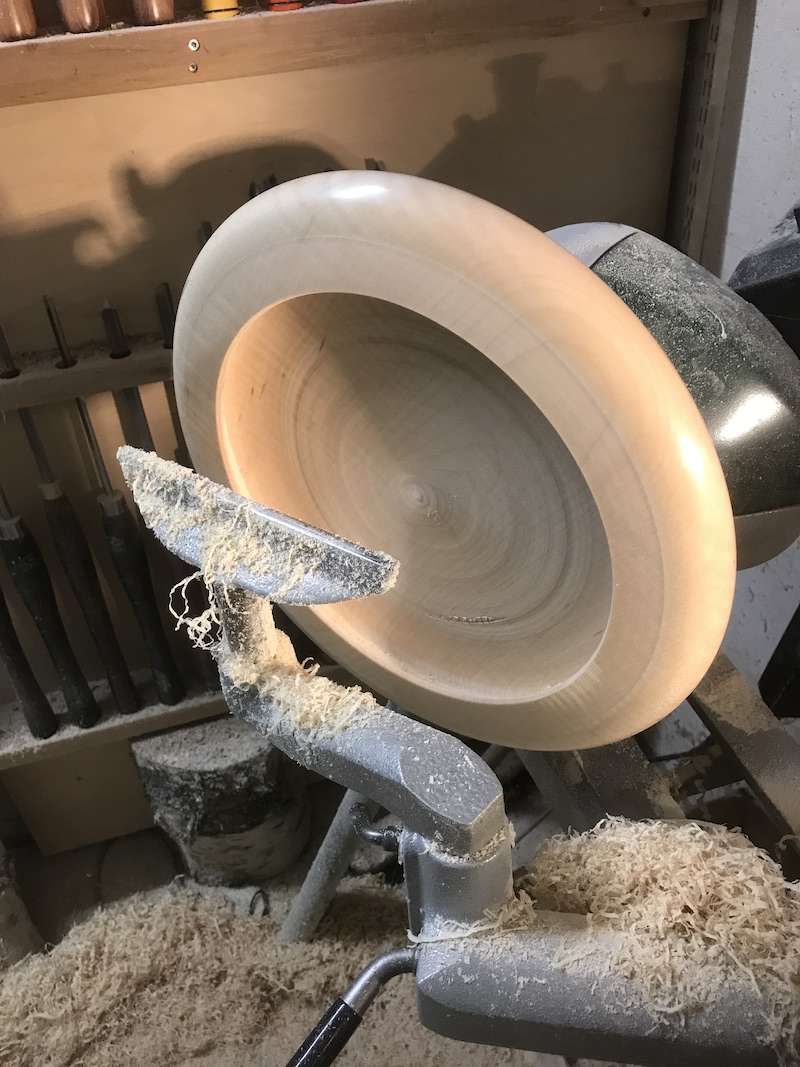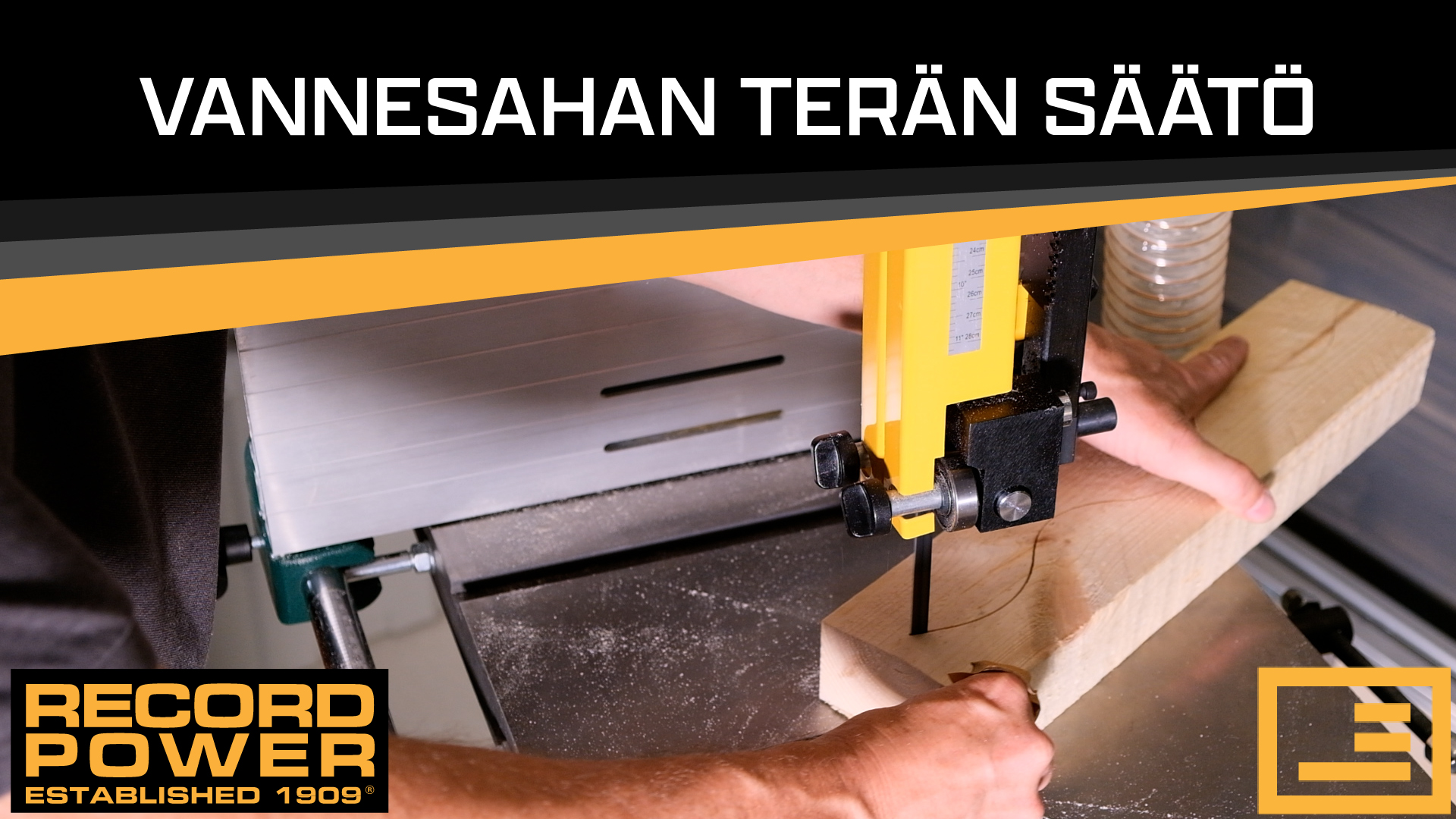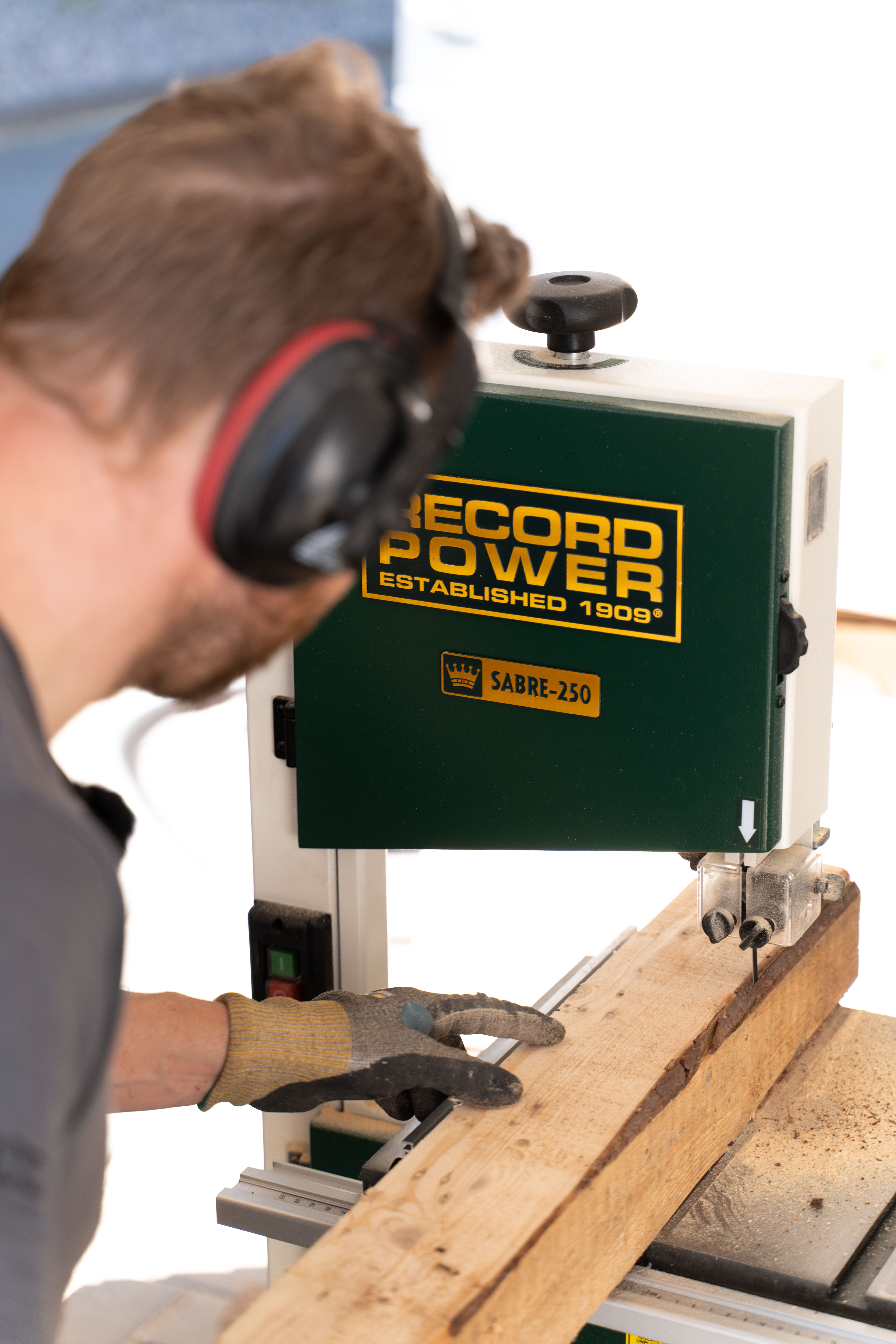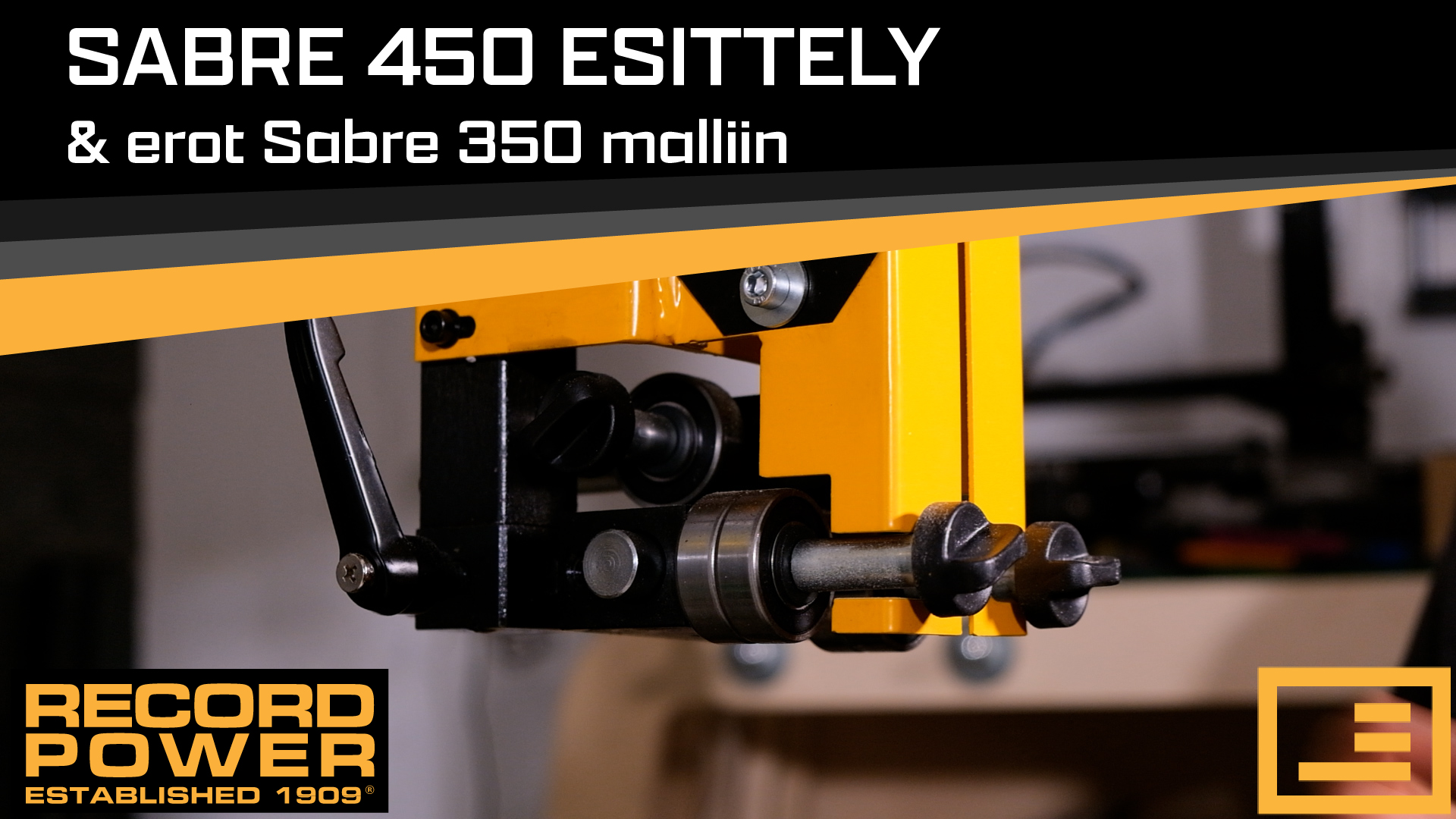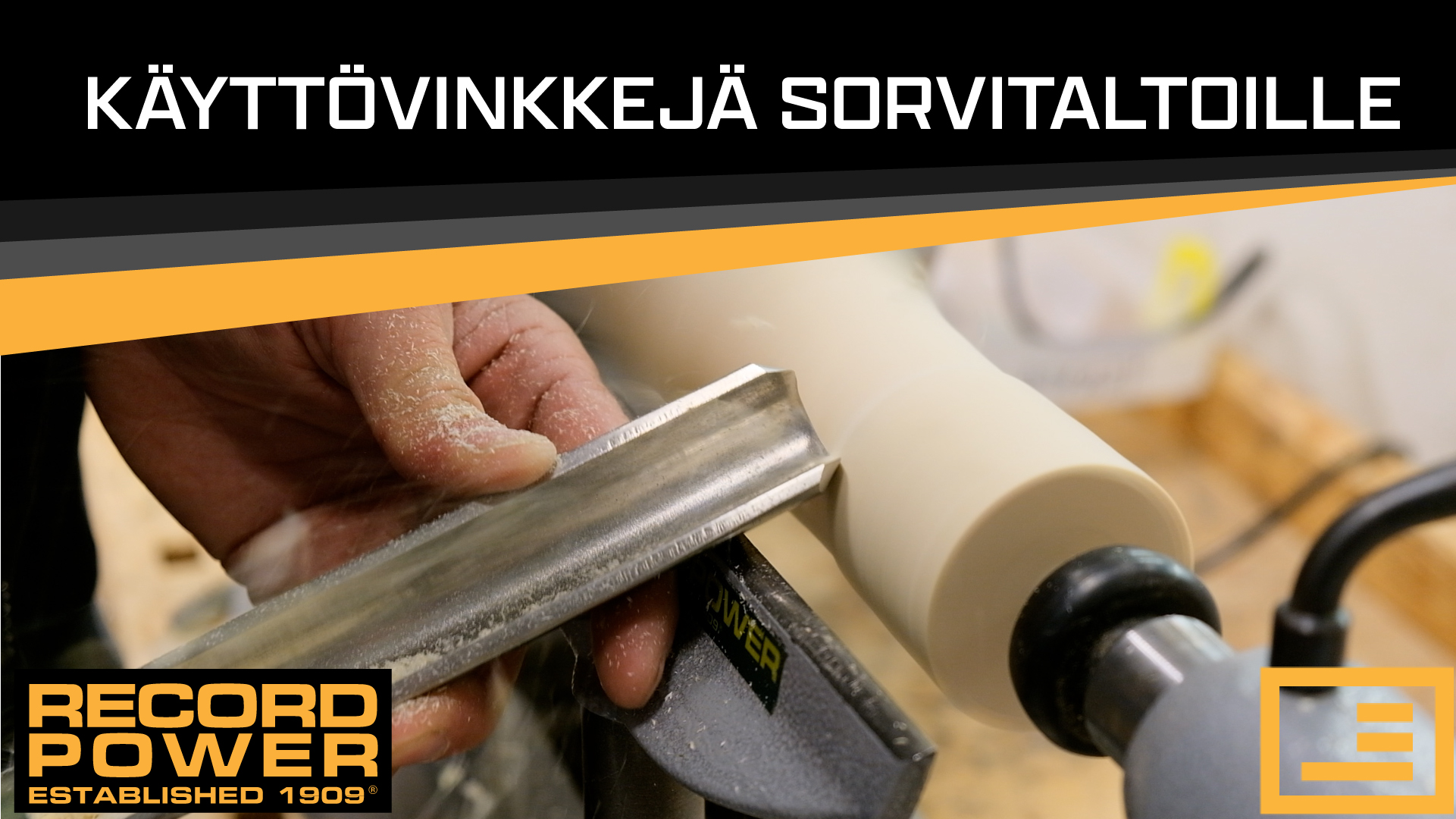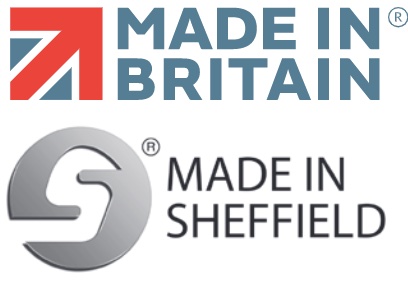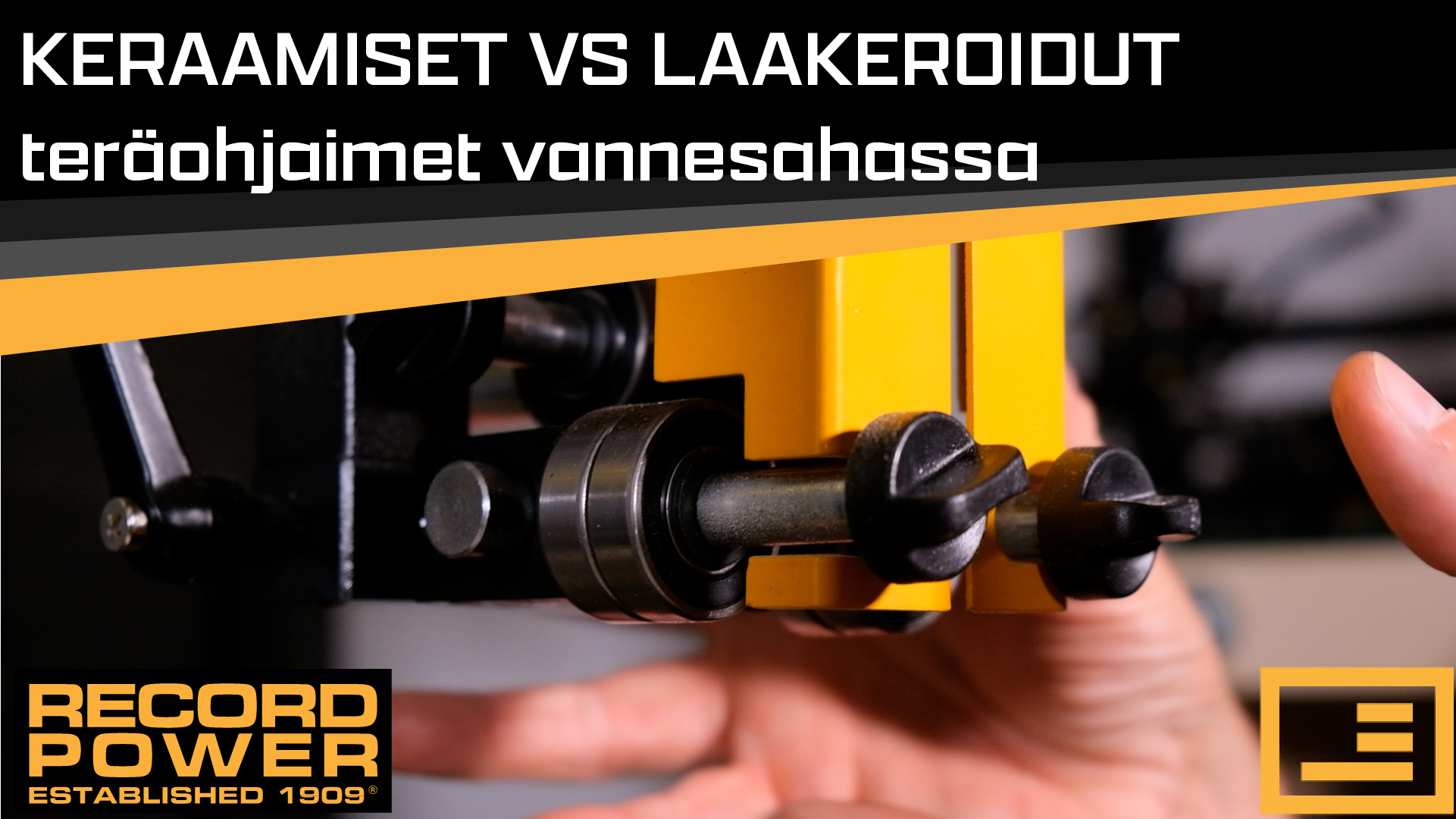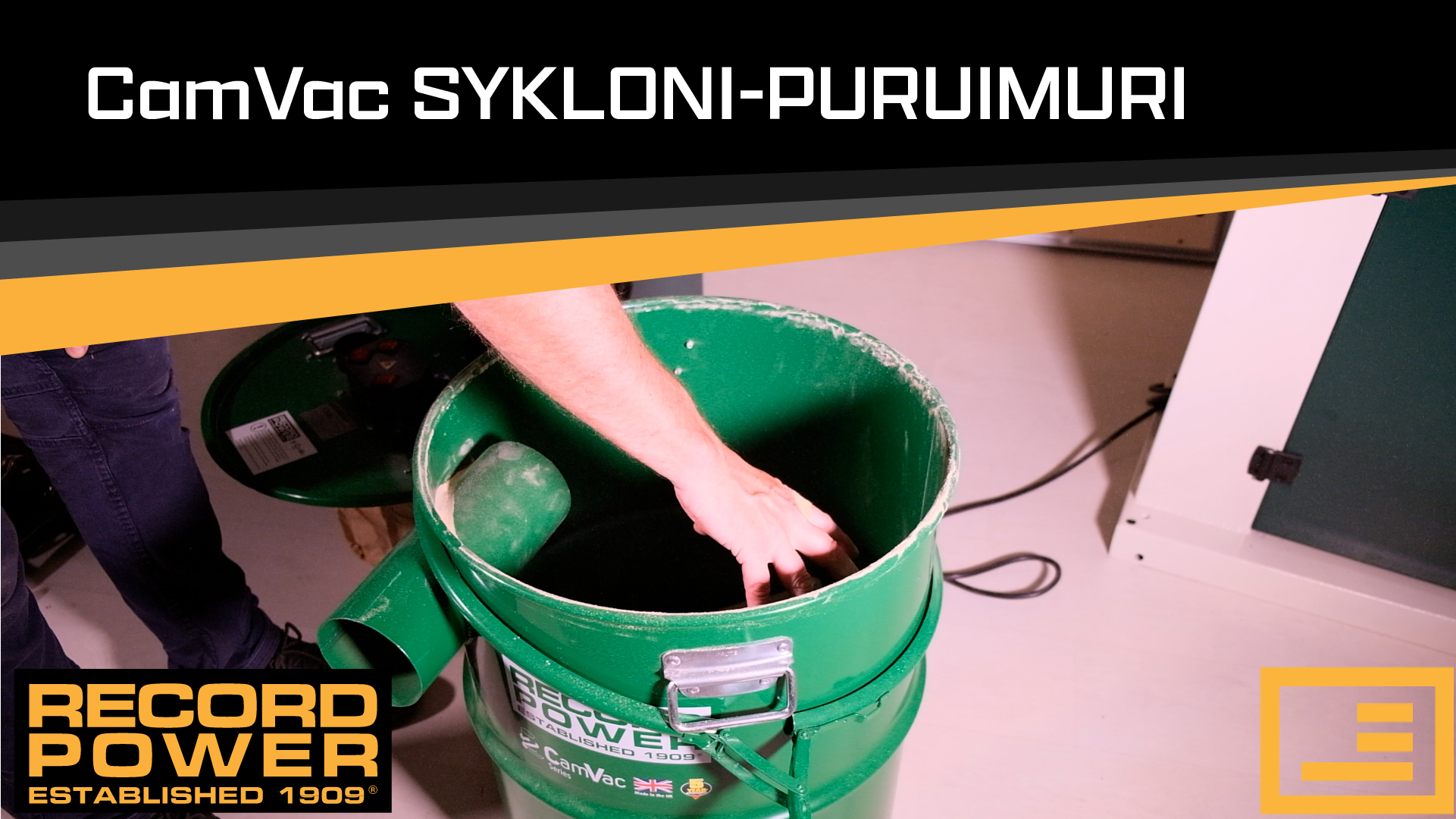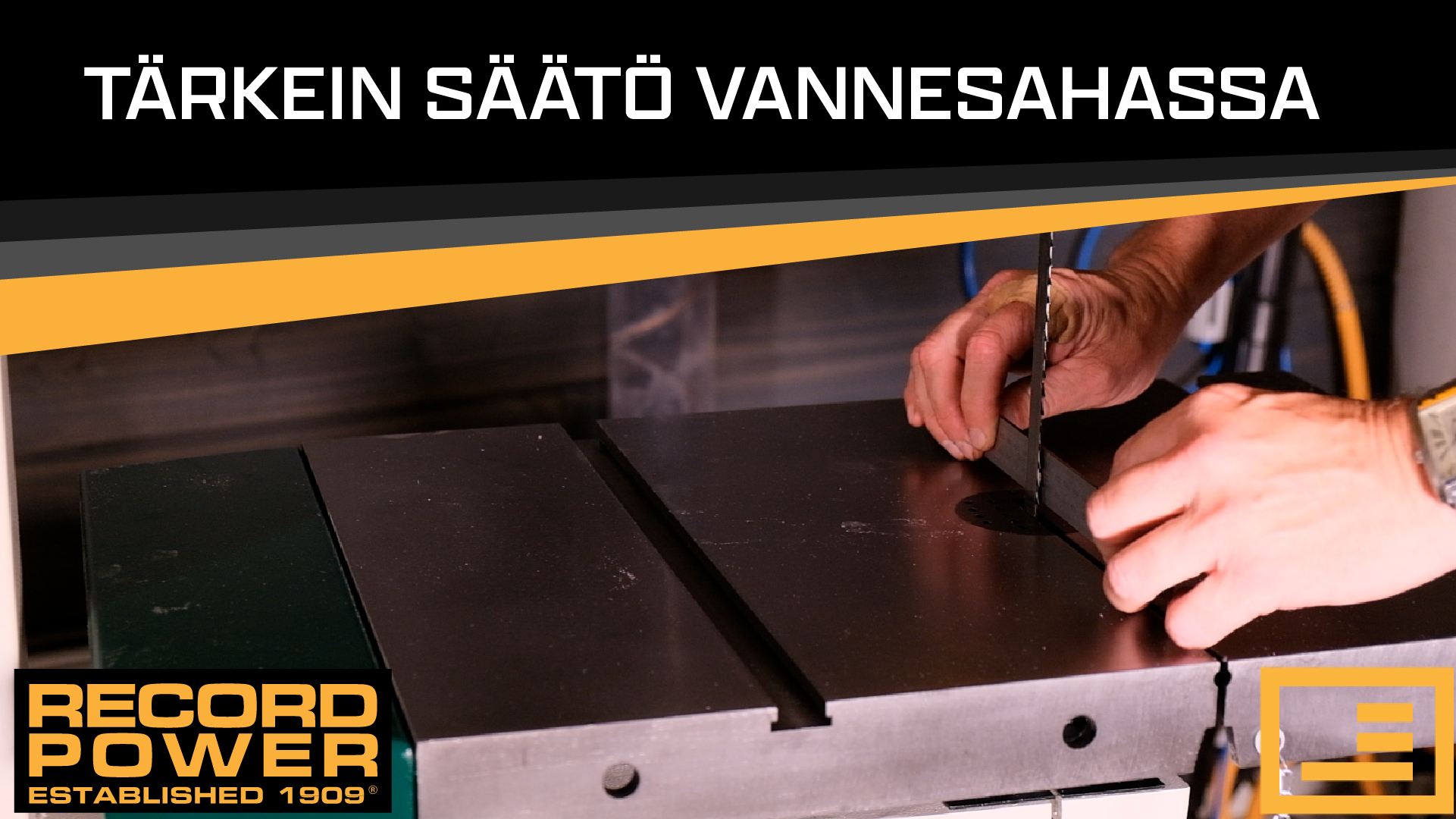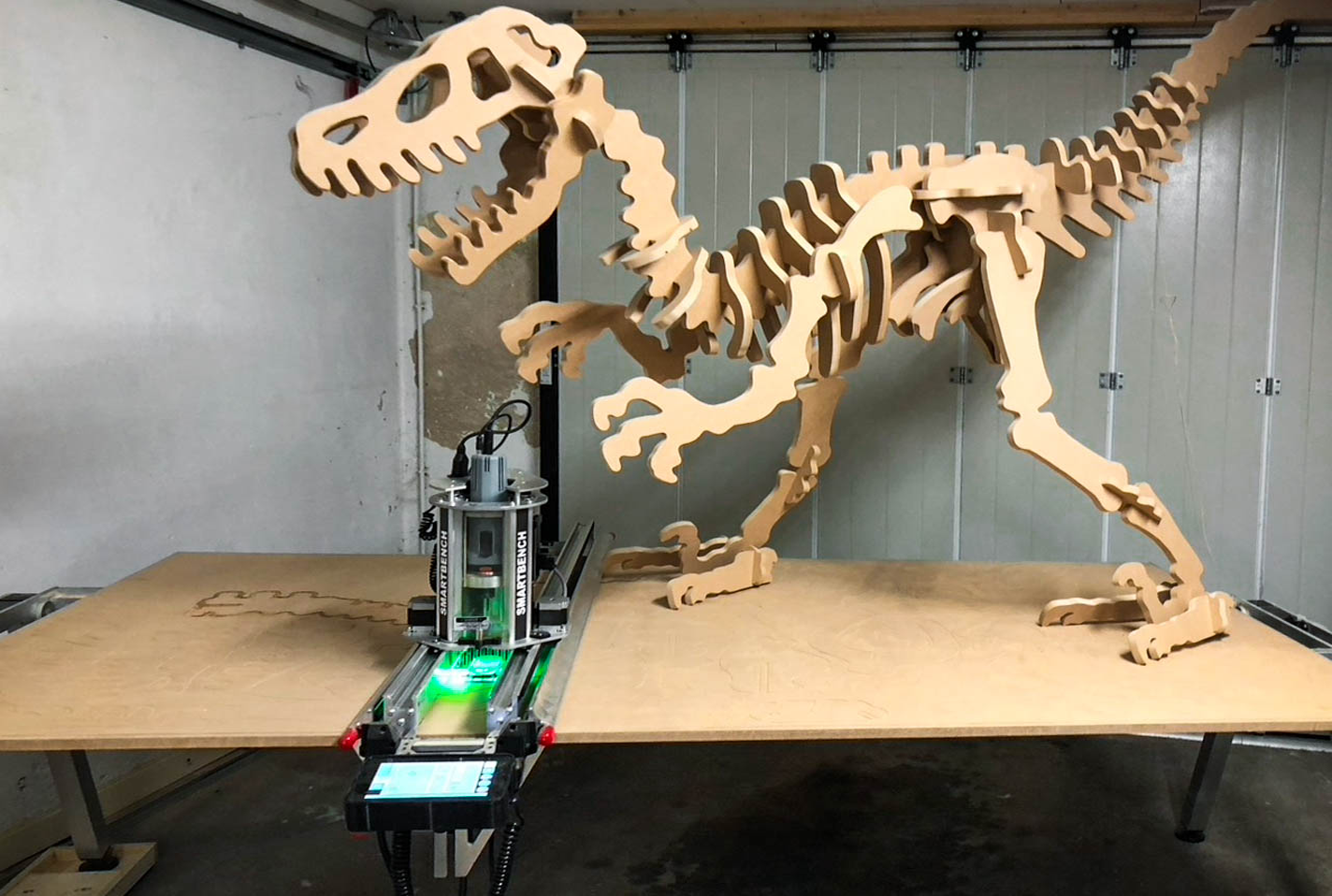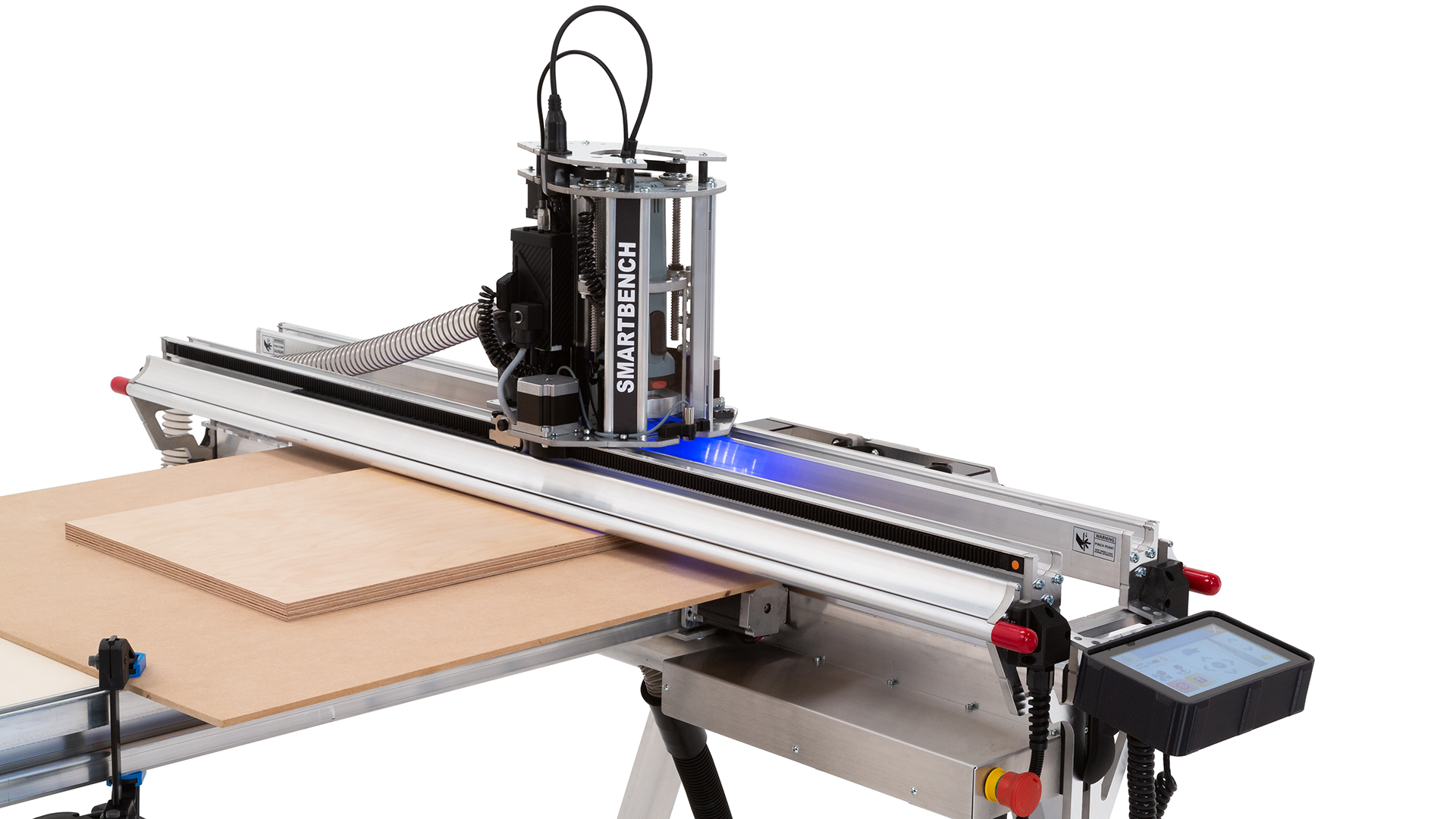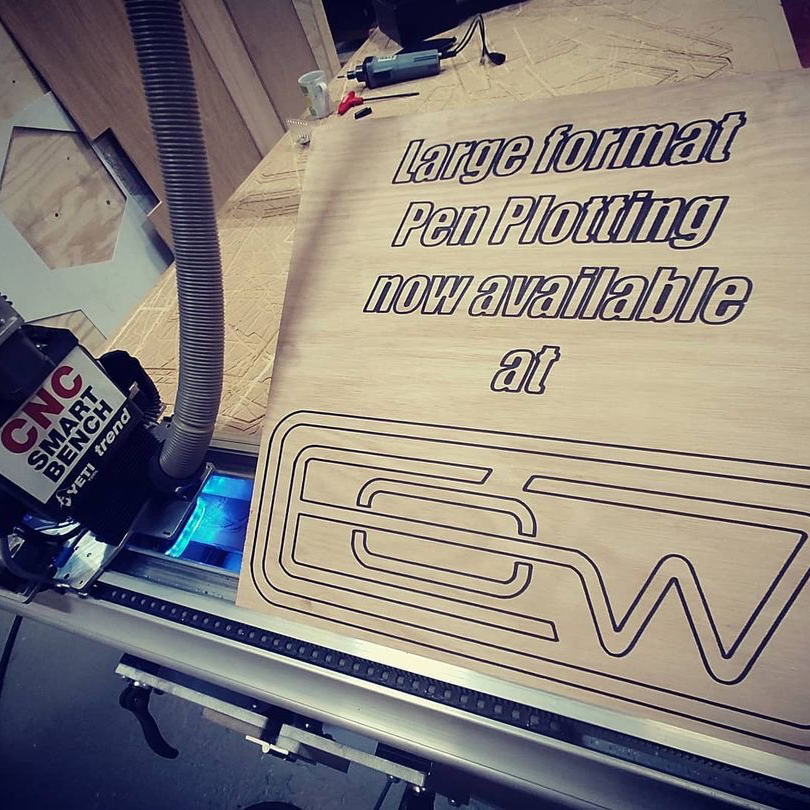WINTER CAMPAIGN - Selected Record Power machines and accessories with Special prices! - CHECK HERE
READ MORE Login
Login

Our exclusive range of premium woodturning jaws have been carefully developed with professional woodturners and keen amateurs to offer optimum quality, flexibility and value for money and fit both the SC3 and SC4 chucks.
There are 14 types of jaws in the SC3 and SC4 range. Some are suited for specific applications and others can handle a wide selection of projects.
There are a number of jaws that grip the workpiece both internally (expanding into a recess) or externally (contracting around a spigot) and can offer equal strength with either function.
Some of the main considerations when choosing the most appropriate grip are the material composition, design, functionality and finish of your turned creation.
If turning a small bowl, then you may want the bowl to have a foot. In this case a suitably sized jaw can be used to contract around an appropriately sized spigot, to become the base.
Alternatively, you may want the bowl to rest flat on a surface, in which case a recess may make sense. Thought should be given to the material composition to ensure there is sufficient strength around the outside perimeter of the recess to resist the forces of the chuck (minimum 20mm or ¾”). If you use the optimum recess, as set out in the table overleaf, the jaws of the chuck will barely mark the work, so you can finish the outside of the bowl completely, including applying finish before it is reversed for hollowing.
If you are turning a very wide platter, the timber will be large, heavy and expensive, so it probably does not make sense for it to start off an extra inch or two in depth to turn all the way down to a spigot. In this case you would want to use a recess and as there will be limited depth to play with you will need as much grip as possible. You might use a large diameter dovetail jaw like the 62317 130 mm Dovetail Jaws, where the optimum recess diameter is 130 mm.
However, if you were making a large, deep bowl or big, hollow vessel where there will be more weight to support further away from the jaw – you will probably want some wall depth and a backing register to provide additional support, such as the 62322 Heavy Bowl and Gripper Jaw which has depth for a big long spigot with teeth and a dovetail, as well as a broad external face that can act as a register and additional support. Or you might opt for the 62329 Dovetail and Deep Gripper Jaw in expansion mode and use the depth of the side wall to provide additional support.




It is a common misconception that that the wider the range of sizes a jaw will accommodate (as quoted in the expansion and contraction specifications), the more useful they must be. But this is not necessarily the case. Whether expanding into a recess or contracting onto a spigot, the more contact there is between the timber and the jaw - the better the hold.
This means there is an optimum diameter for each jaw, that will give maximum surface contact with the timber. Due to the varying thicknesses of jaws, there will be an optimum size for a spigot to contract onto and another optimum size for a recess to expand into. And because of the different jaw diameters – there will be different optimum sizes for each spigot and recess used with that jaw.
So, whilst we do show the full opening and closing travel of our jaws (as all our competitors do) we also show the optimum recess and spigot size for each jaw to provide maximum contact.








100% Trustworthy online store with history
Expert customer service
Fast deliveries
Large selection directly from stock
No middlemen - save on the price
Learn about product use, demo videos, and the latest news and offers.
Order below and you will also receive discount points.
Hallitie 16 | Rovaniemi | Finland
045 4903310 (klo 10-15)
asiakaspalvelu (at) nettiverstas.fi
Customer service and sales:
Ma - Pe | 10.00 - 15.00
Webshop is open 24/7

